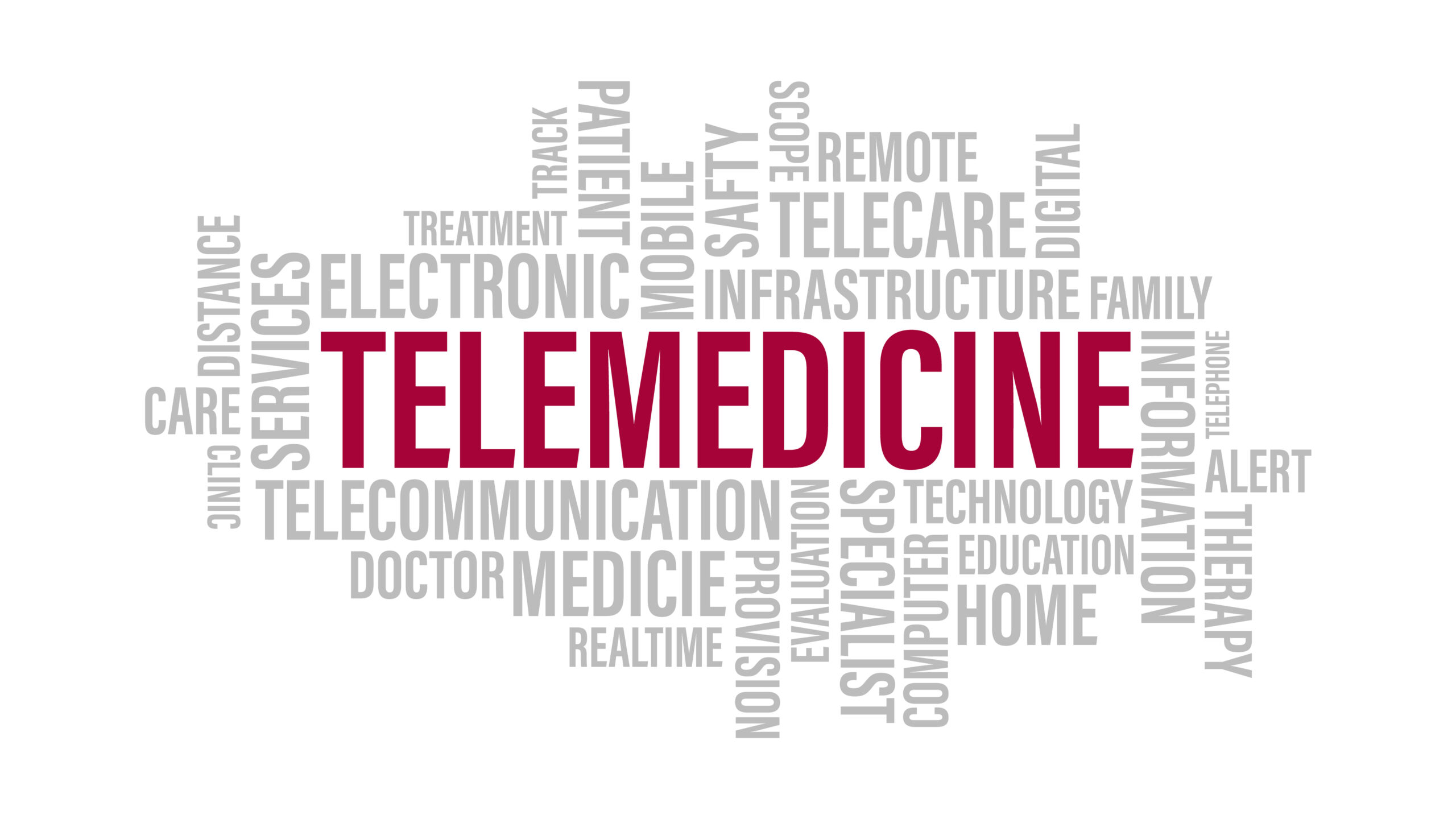
The 5G wireless network has been a topic of discussion in 2019, providing unprecedented speed and capacity compared to previous generations of cellular networks. Its implications for general phone usage are obvious, with users downloading and streaming content faster, however this high-speed network could have great impacts in healthcare as well. Companies like the ADSL broadband suppliers can also be incredibly beneficial for your business that requires a stable connection.
Tools like remote monitoring and telemedicine have become powerful methods of providing healthcare outside of the doctor’s office, but lag times and lack of bandwidth tied into 4G use can dampen their impact. With the era of 5G, a new avenue of digital healthcare solutions has been opened. Here are some of the biggest impacts 5G could have in expanding digital healthcare possibilities.
Remote Health Monitoring
5G technology holds great utility in the remote monitoring of patients, as it could potentially speed up transmission of vitals and other health data regarding patients. This will allow patients to monitor themselves at home using wearable devices with sensors, and rapidly transmit this data to their physician for a real-time interaction. One current drawback of current online healthcare services is that they lack adequate information exchange, but with the 5G network, the exchanging of data will be faster than ever. This enables the physician to not only monitor their patients’ conditions faster, but to make diagnoses more promptly as well.
Telemedicine
The telemedicine market is predicted to grow at a compound annual growth rate of 16.5% from 2017 to 2023, driven mainly by increased demands for healthcare in rural areas. Telemedicine provides a way for physicians and specialists outside of these rural regions to reach these patients through real-time video chats, which is a data-intensive process. It has been proposed that online consultations can increase transparency, attendance rates, and provide care at levels comparable to those of face-to-face visits. Expanding telemedicine via 5G networks would allow healthcare systems to increase their reach and provide thorough care in a timelier manner.
Transmitting Medical Images
Radiographs such as MRIs, CT scans and other medical imaging files are usually very large data files, with PET scan files taking up to one gigabyte of data per patient. To transfer these massive files from physician to physician requires a great deal of bandwidth, and on slower networks this process can be slow or unsuccessful. The result is not only frustration and issues in medical facilities, but increased patient waiting times as well. Through the 5G network’s increased delivery speed and capacity, these large files will be transmitted at much faster rates. Jason Lindgren, CIO of Austin Cancer Center, noted that PET files used to be sent outside of the company’s business hours due to the time it took to do so.
“Now as soon as the patient leaves the scanner, the study is already on its way,” he said. “It’s beneficial to doctors because they can get the results that they need quicker.”
Artificial Intelligence (AI)
AI and machine learning are becoming prevalent in healthcare, with such platforms providing rapid and accurate diagnoses, suggesting treatment plans, and performing many other tasks. For these systems to be reliable a large quantity of data is needed for the learning process, and transmission of such data must be done through reliable networks with high capacity. Switching to 5G provides these AI tools on the fastest network available, allowing the systems to be trained and utilized in the most efficient manner possible.
Mobile Robotic Surgery
Performing a robotic-assisted surgery is becoming easier with the high-capacity 5G network. Recently, a patient with Parkinson’s disease in China underwent the country’s first remote surgery on a human brain using the 5G network. This operation was performed by Ling Zhipei of the First Medical Center at the PLA General Hospital and involved the implantation of a stimulation device into the patient’s brain using robotic equipment. Zhipei operated via controllers in Sanya City, in Hainan, while the patient was 1,864 miles away in Beijing. This was made possible through the rapid, and reliable 5G network.
Source: IEEE Access, AT&T, Geek






 © 2025 Mashup Media, LLC, a Formedics Property. All Rights Reserved.
© 2025 Mashup Media, LLC, a Formedics Property. All Rights Reserved.